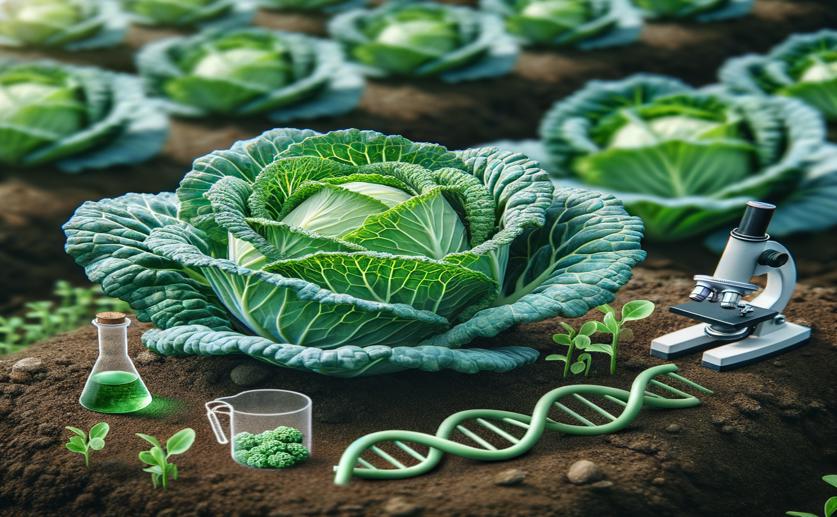
Using Cabbage Plants to Clean Soil by Studying Cadmium Tolerance Genes
Jim Crocker
27th May, 2024

Image Source: Natural Science News, 2024
Key Findings
- The study from the International University of Sarajevo focused on three kale varieties from Bosnia and Herzegovina to understand their response to cadmium stress
- Higher cadmium concentrations led to a proportional decline in root length, indicating stress in the plants
- Gene expression analysis showed significant up-regulation of stress-related genes, suggesting these genes play a critical role in the plant's defense against cadmium toxicity
EnvironmentBiochemPlant Science
References
Main Study
1) Phytoremediation potential of Brassica oleracea varieties through cadmium tolerance gene expression analysis.
Published 26th May, 2024
https://doi.org/10.1016/j.jgeb.2024.100381
Related Studies
2) Mitogen-activated protein kinase signaling in plants under abiotic stress.
Journal: Plant signaling & behavior, Issue: Vol 6, Issue 2, Feb 2011
3) Review: Nutritional ecology of heavy metals.
4) The Brassica oleracea genome reveals the asymmetrical evolution of polyploid genomes.



 15th May, 2024 | Jenn Hoskins
15th May, 2024 | Jenn Hoskins